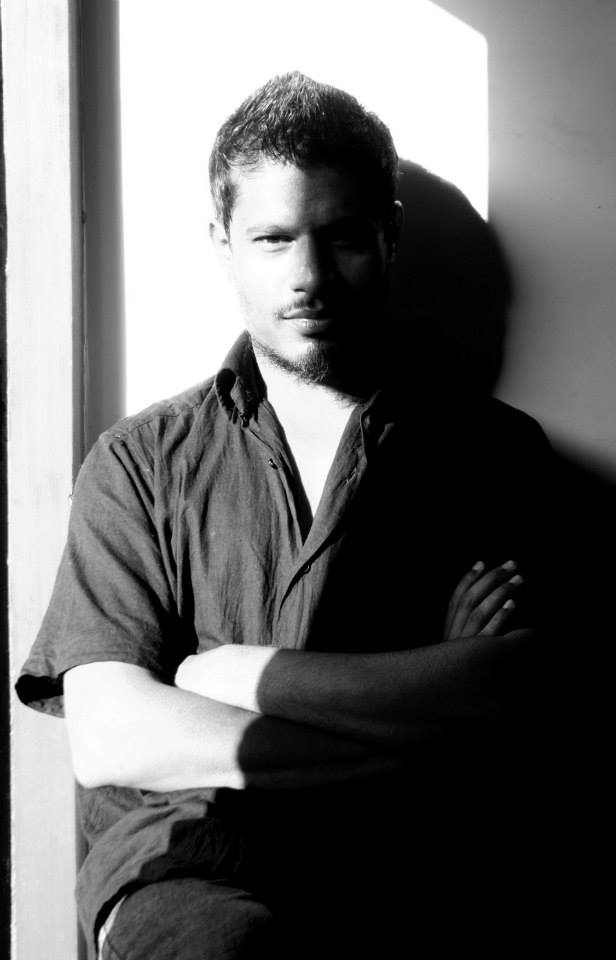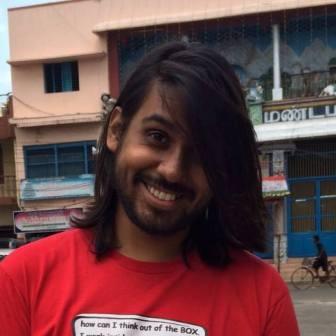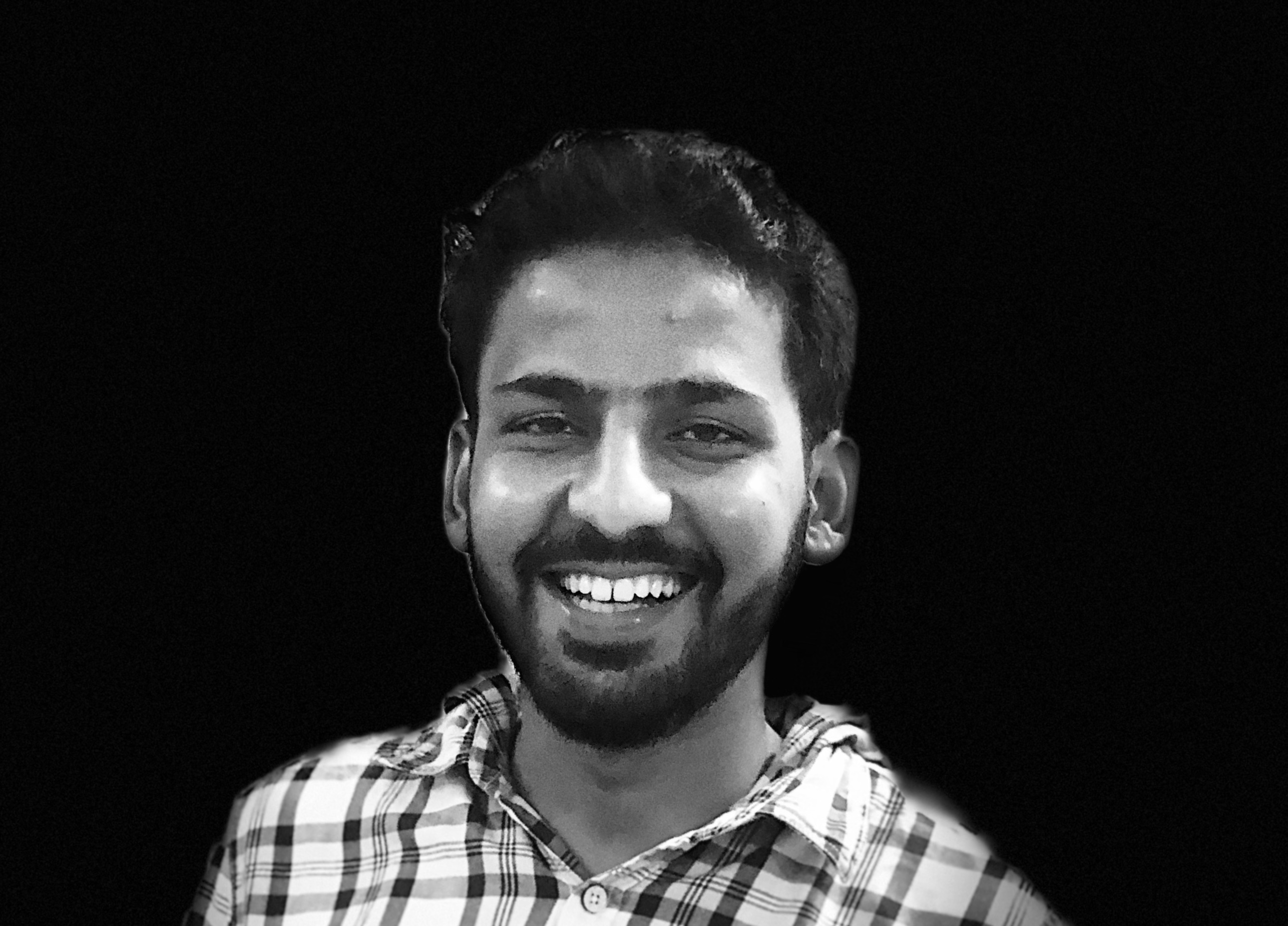Yogesh Maitreya
 6th December every year means a lot to Dalits all over the world, many of whom have converted to Buddhism as well. Some of them are also a part of the Indian diaspora abroad and are forming a struggle against caste from their host countries. This day has significant importance in their lives, the day when their Babasaheb died in 1956, a day on which they had to start a new journey to seek the vision he had set for them and India: the vision of a casteless India, a Buddhist India which will be secular, socialist and democratic in a true sense.
6th December every year means a lot to Dalits all over the world, many of whom have converted to Buddhism as well. Some of them are also a part of the Indian diaspora abroad and are forming a struggle against caste from their host countries. This day has significant importance in their lives, the day when their Babasaheb died in 1956, a day on which they had to start a new journey to seek the vision he had set for them and India: the vision of a casteless India, a Buddhist India which will be secular, socialist and democratic in a true sense.
On 6th December, millions of people come to commemorate the legacy of their beloved Babasaheb – a legacy that sought to establish and cement the movement for annihilation of caste (also propounded by Mahatma Fule prior to Babasaheb) in India wherein caste-notions almost function like marrow in the public affairs of the state. This gathering is unlike any at any other event in India as it comes together to celebrate the vision of equality, liberty and fraternity, the dearest principles of Dr. Bhimrao Ramaji Ambedkar (the full name of Babasaheb).
I visited Chaityabhoomi on the evening of 5th December 2014. The roads of Dadar area in Bombay where Chaityabhoomi is situated had already been reverberating with the slogans of the anti-caste movement.

The air was a bit chilly, but despite it there was great energy as the people had already started to come and settle themselves on the pavements, in tents made in Shivaji Park, and in other places near Chaityabhoomi where they could spend a day or two. Compared with the strength of the gathering, the facilities offered by the government were evidently insufficient. Despite this lack of facilities, people kept on coming and adjusting themselves in a peaceful manner.

People appeared to be coming from faraway places, not only from Maharashtra. The ethnic differences in their attire distinguished them as people from north India, south India, and other regions of India. Some were also coming along with their entire families, carrying their children on their shoulders, holding them high so that they could see the crowd.

As I stepped inside Shivaji Park I could observe the shops which had sprung up as well as the big plot of ground which was cleared for the people to sleep. The shops were mostly of books; some of these shops belonged to the oldest, regional anti-caste publishers in India.

The prices of books were such that any common person could afford them. They ranged from 30 Rs to 300 Rs. I myself bought around 10 books of excellent literature on caste, politics, and poetry at affordable prices.

As it was visible from their banners, these shops were from Delhi, Nagpur, U.P, and many other parts of India. One very notable feature on vivid display was that the people could be seen gathered around the bookstalls mostly, browsing books, looking at them with gladness, and buying them. And why not?

It is this weapon, the books, that has changed the entire course of action of their lives, and taught them to struggle, to speak, demand their rights, and acquire them with their efforts, the same path their Babasaheb had travelled through and had suggested to his people to walk on.

This is the most logical reason and strategy which had taught them how to fight against caste on the principles of equality, liberty and fraternity. And if not with words and explicit expression, these book lovers and buyers seemed to carry and propagate the vision of their Babasaheb with their strong inclination towards books rather than other things on display in the shops.

Outside the stalls and at every corner of Shivaji Park ground and also at the Chaityabhoomi itself, various political parties and Buddhist organisations were preparing their stages.

Amidst this activity of groups of Republican and Dalit parties, a big stage was being readied by members of the Nationalist Congress Party (NCP) from Maharashtra, which is dominated by Maratha upper caste people. One could imagine the objectives of their efforts to gain visibility. From this fact, it can be seen that the non-Dalits parties were also trying to gain some political mileage among the large gathering.

Amid such a charged situation – among Ambedkarites, Dalits and those whose lives are built upon the Ambedkarite vision of a casteless India – it was very difficult to see their revolutionary spirit through any one frame.

At first glance, these organisations, seemed unconnected to each other, but a closer look shows they are connected by the Ambedkarite vision, as each of them have somewhere installed a few stalls to distribute free food for their brethren who came all the way from different places of India.

Yet every organisation had one thing in common with others: the Buddha and Ambedkar images and the Dhammacakra flag. But most common and the only principle of their identity; their connected identity could be seen clearly and heard through their loudly proclaimed JAI BHIM.

~~~
Yogesh says:
My name is Yogesh Maitreya. I am from Nagpur. I am doing my M.A in Criminology and Justice (2013-15) from TISS (Tata Institute of Social Sciences, Mumbai).
Pictures courtesy: Daisy Katta.










